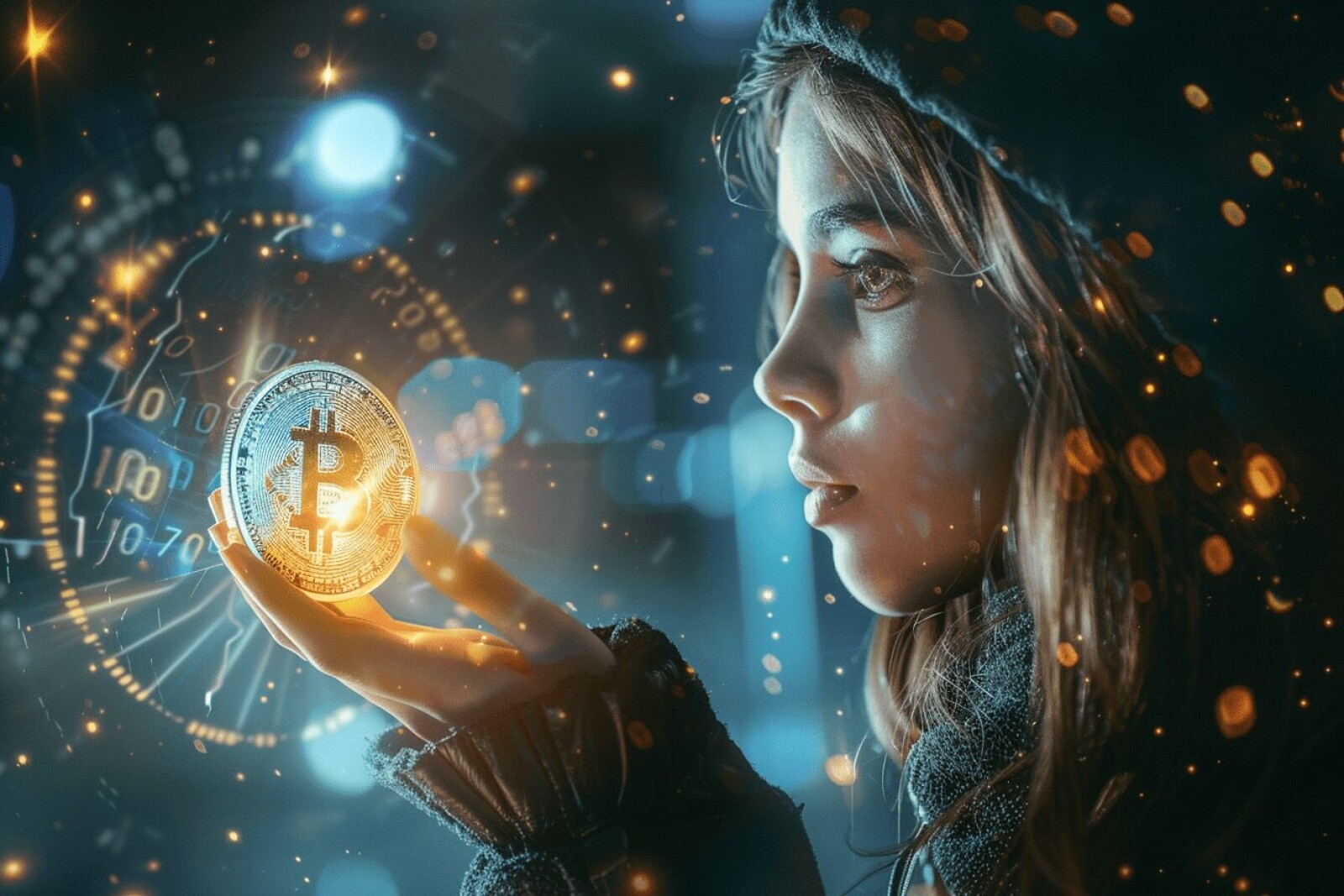
Mia Tokenhart
How Crypto Is Changing the Art World

Cryptocurrencies and blockchain technology are transforming the art world, bringing new opportunities for artists, collectors, and investors. Non-fungible tokens (NFTs) have emerged as a revolutionary concept, enabling digital ownership and authenticity verification. This article explores how crypto is changing the art world, highlighting the impact of blockchain and NFTs on the industry.
The Rise of NFTs
What Are NFTs?
Non-fungible tokens (NFTs) are unique digital assets that represent ownership of a specific item or piece of content, such as art, music, or virtual real estate. Unlike cryptocurrencies like Bitcoin or Ethereum, NFTs are not interchangeable and have distinct values.
Key Features
Uniqueness: Each NFT is unique and cannot be replicated.
Ownership: NFTs provide proof of ownership and authenticity for digital assets.
Revolutionizing Digital Ownership
Authenticity and Provenance
Blockchain technology ensures the authenticity and provenance of digital art. Each NFT is recorded on a blockchain, providing a transparent and immutable history of ownership and transactions.
Key Benefits
Proof of Authenticity: Verifies the originality of digital art.
Provenance Tracking: Tracks the ownership history, adding value to the artwork.
Empowering Artists
NFTs empower artists by providing new ways to monetize their work. Artists can sell their digital creations directly to collectors, bypassing traditional intermediaries and retaining more control over their earnings.
Key Benefits
Direct Sales: Artists can sell directly to collectors without intermediaries.
Royalties: Smart contracts can automatically pay royalties to artists for secondary sales.
New Marketplaces for Digital Art
NFT Marketplaces
Various NFT marketplaces have emerged, providing platforms for artists to showcase and sell their digital art. These marketplaces facilitate transactions, offer auction features, and support the discovery of new and emerging artists.
Key Marketplaces
OpenSea: One of the largest NFT marketplaces, offering a wide range of digital assets.
Rarible: A decentralized marketplace that allows artists to create and sell NFTs.
Foundation: A curated platform for digital art and NFTs, focusing on high-quality creations.
Redefining Art Investment
Fractional Ownership
NFTs enable fractional ownership of digital art, allowing multiple investors to own a share of a valuable piece. This democratizes art investment, making it accessible to a broader audience.
Key Benefits
Accessibility: Enables smaller investors to participate in the art market.
Liquidity: Facilitates trading and liquidity in the art investment space.
Digital Galleries and Virtual Exhibitions
Digital galleries and virtual exhibitions are emerging as new ways to experience and showcase art. These platforms use virtual reality (VR) and augmented reality (AR) to create immersive art experiences.
Key Platforms
CryptoVoxels: A virtual world where users can build and showcase digital art galleries.
Decentraland: A decentralized virtual world that hosts art exhibitions and NFT showcases.
Challenges and Considerations
Market Volatility
The NFT market is highly volatile, with prices fluctuating significantly. Investors and artists need to be aware of the risks and conduct thorough research before participating.
Key Challenges
Price Volatility: Rapid changes in the value of NFTs.
Speculative Nature: High potential for speculative investment and market bubbles.
Environmental Impact
The environmental impact of blockchain technology, particularly proof-of-work (PoW) networks, is a growing concern. The energy consumption associated with minting and trading NFTs has raised questions about sustainability.
Key Considerations
Energy Consumption: High energy use of PoW networks.
Sustainability Initiatives: Efforts to transition to more energy-efficient consensus mechanisms, such as proof-of-stake (PoS).
Conclusion
Cryptocurrencies and NFTs are revolutionizing the art world by enabling digital ownership, empowering artists, and redefining art investment. The rise of NFT marketplaces and the development of virtual galleries are creating new opportunities for artists and collectors alike. While challenges such as market volatility and environmental impact need to be addressed, the potential of blockchain technology to transform the art industry is undeniable. Embracing these innovations can help artists reach new audiences, provide collectors with unique investment opportunities, and ensure the authenticity and provenance of digital art.














